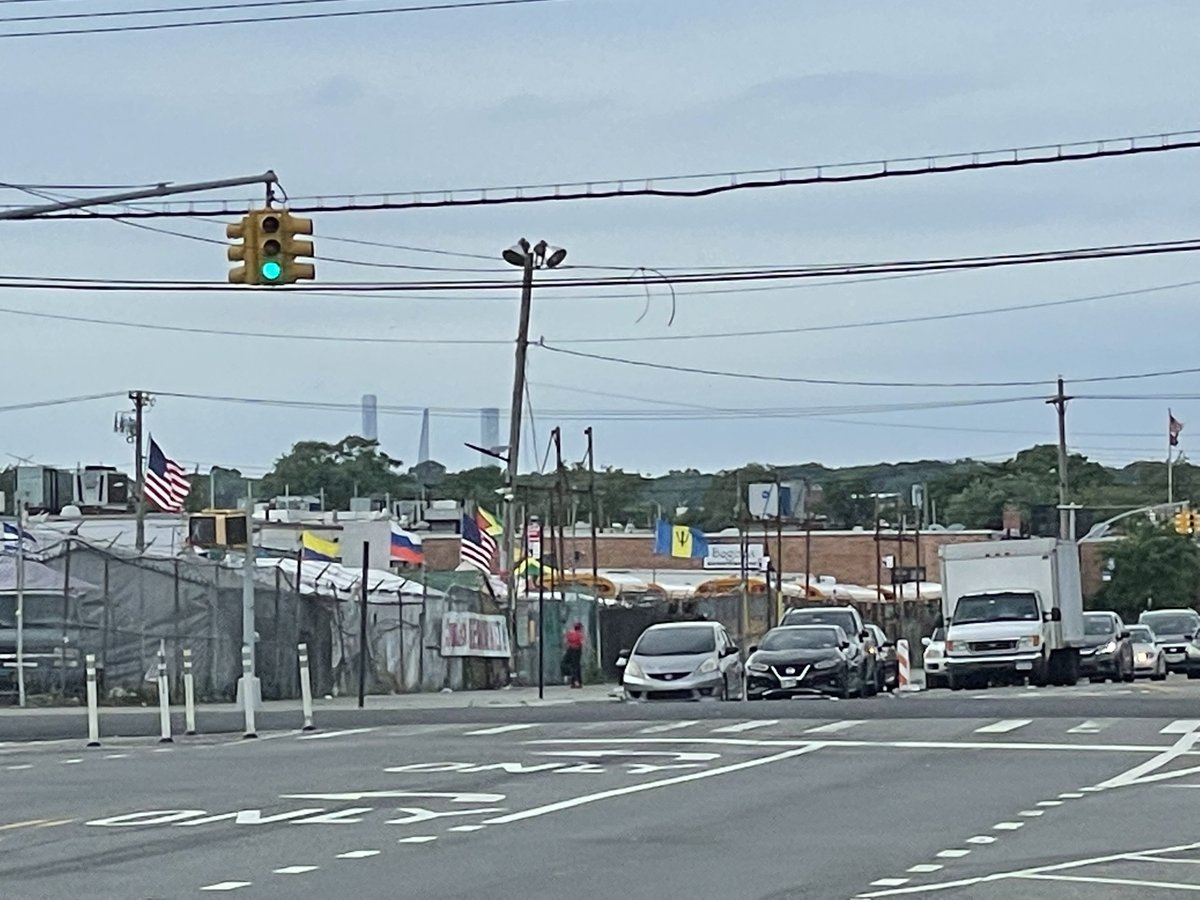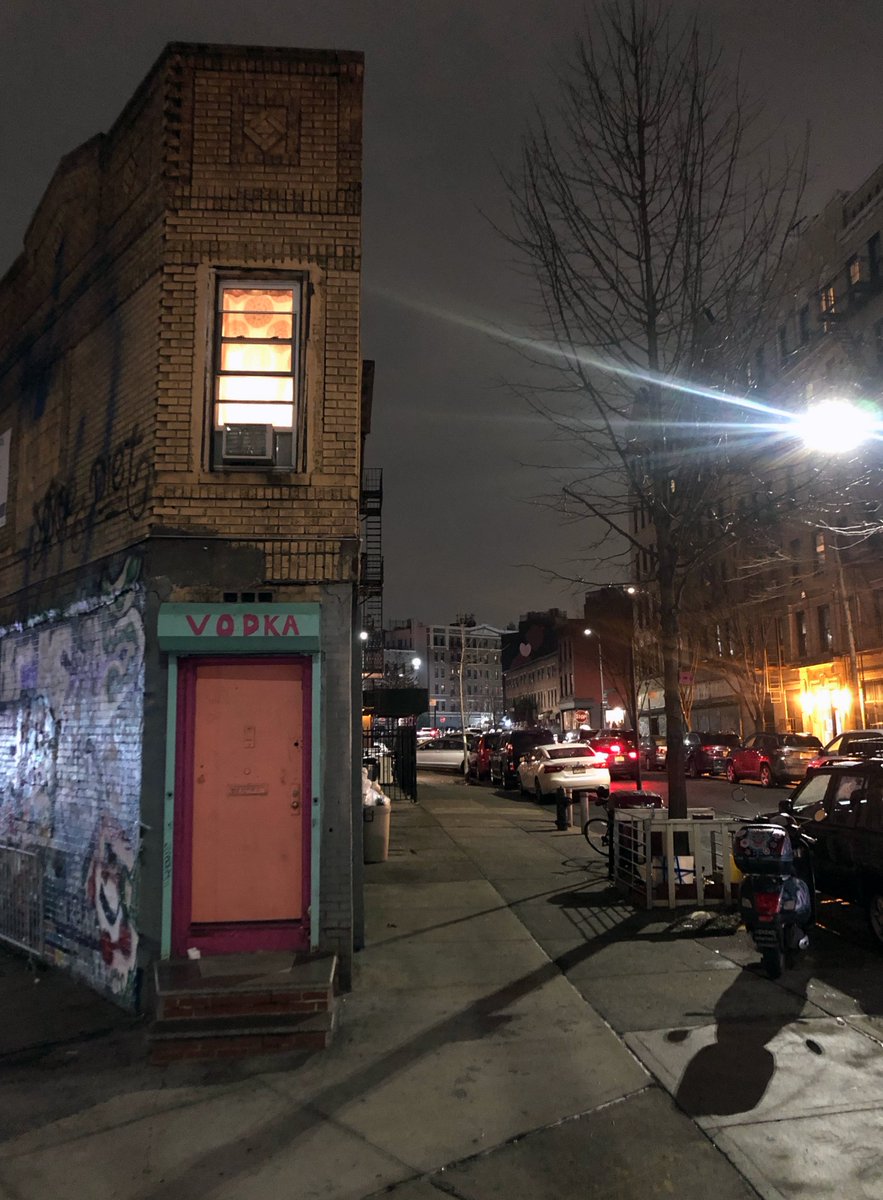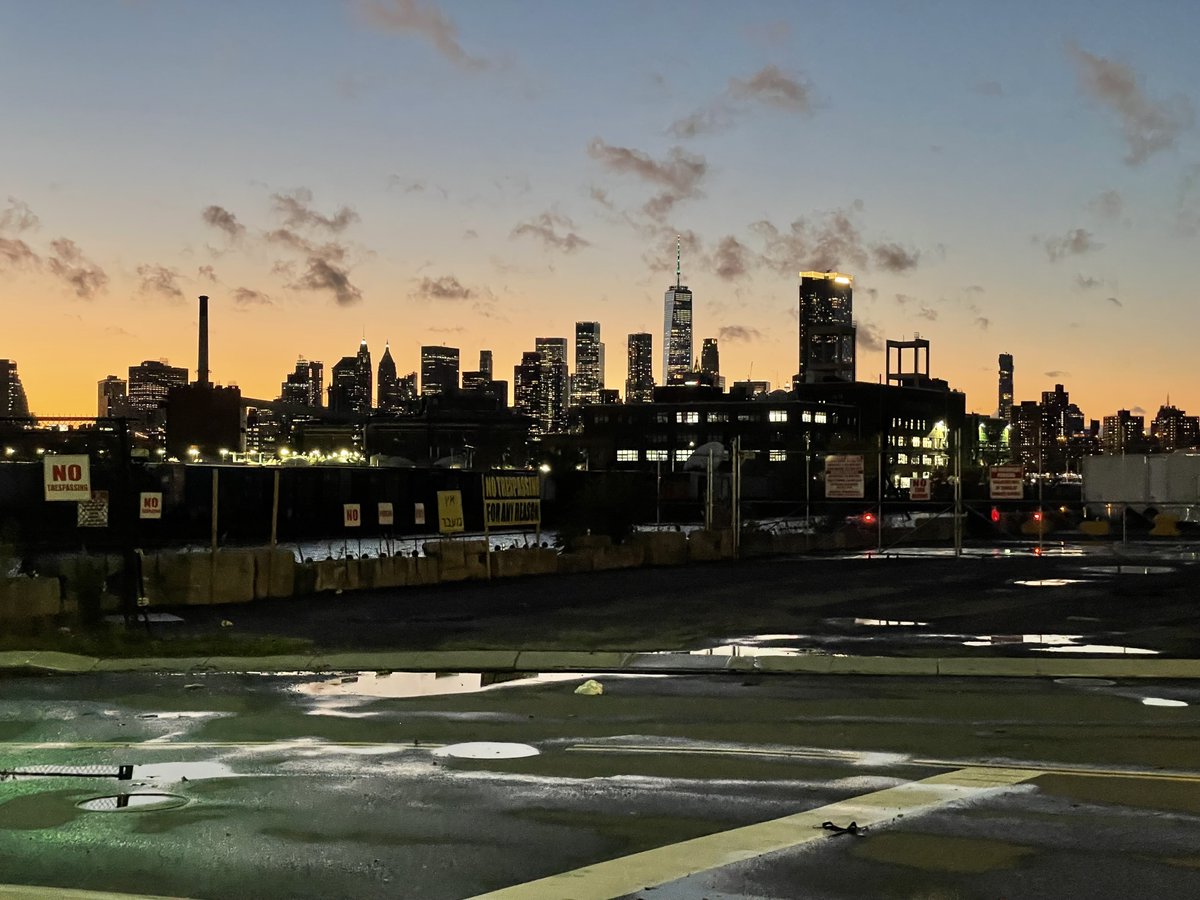
Last week, we did a mega New York City @quiztime-#ThursdayQuiz. This week (and the following), we'll do it borough by borough, same concept: geolocate the snapshots, connect the dots, see the figure. Brooklyn's first!
For reference, this was the outcome from last week's quiz. This week's Brooklyn quiz includes more visuals to geolocate.. Important note: geolocate the camera's position, NOT what you see.
https://twitter.com/MCantow/status/1556181706419408896
Wanna collaborate on this big quiz? Reply-to-all: @bayer_julia @y_vdw @LarsWienand @kollege @twone2 @Sector035 @fiete_stegers @dondude @mahrko @MCantow @nixintel @globograma @Tokyo_v2 @loegli @osintbear @post_fact @JudyMionki @__SpYdR__ @MeKassab @Johanna_Wild @OSINTtechniques
ℹ️ more visuals incoming ℹ️
(23)
(28)
(35)
(40)
• • •
Missing some Tweet in this thread? You can try to
force a refresh


















































